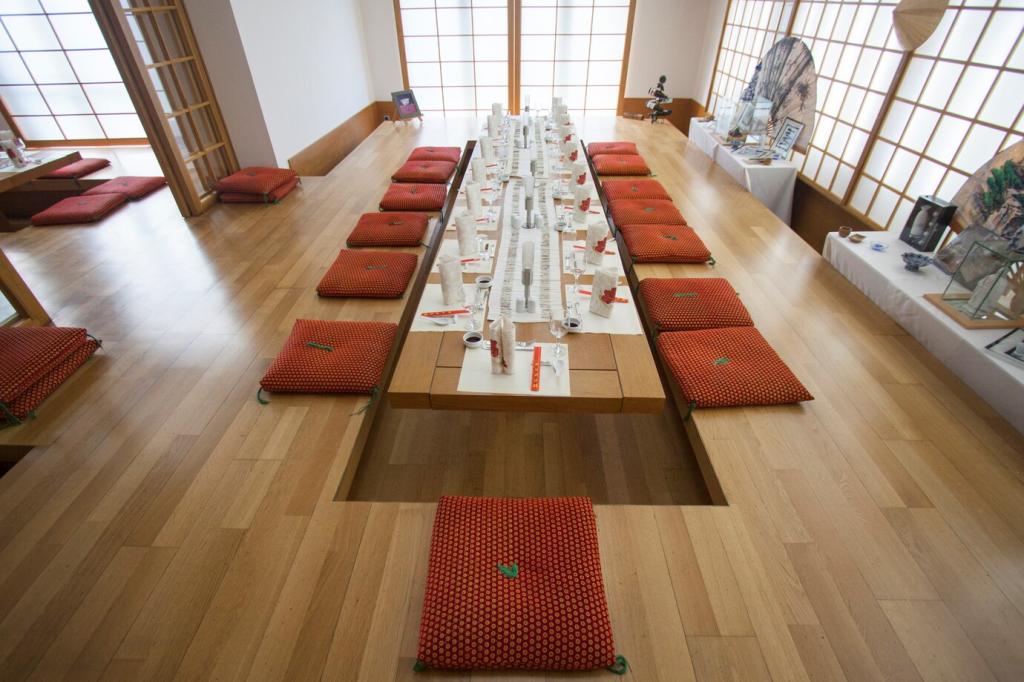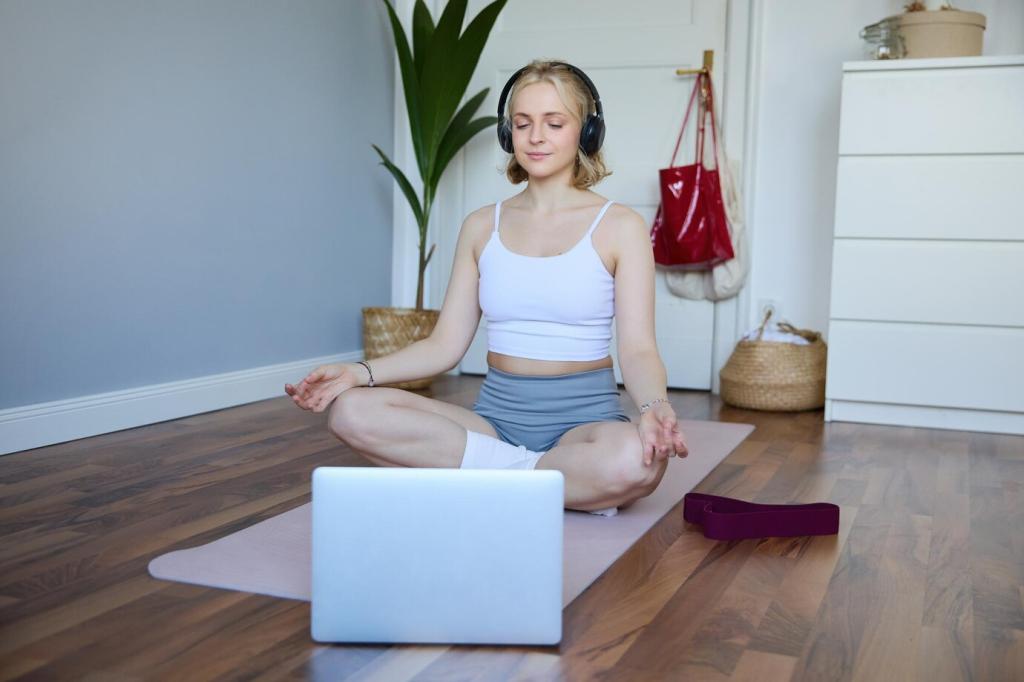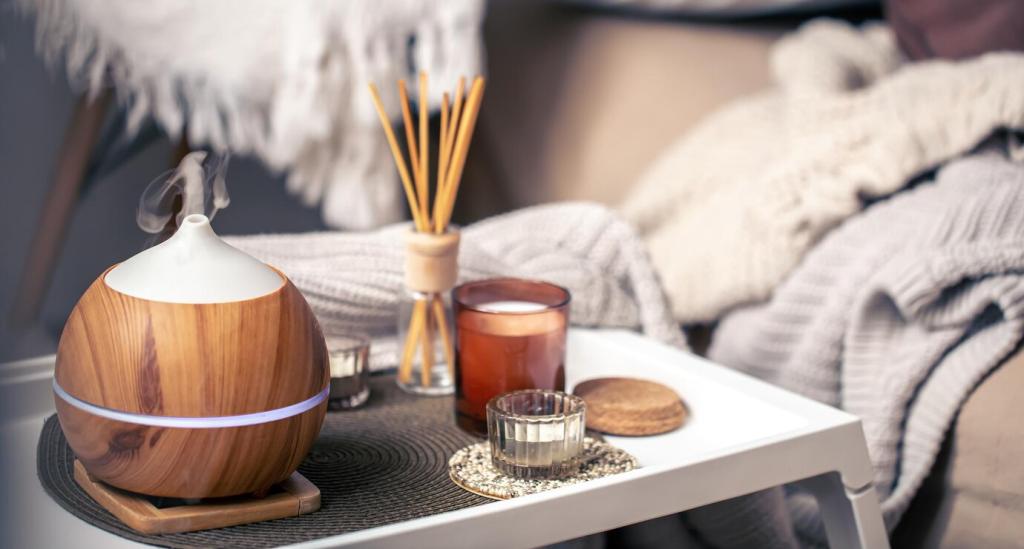
Creating a Tranquil Home Meditation Corner
Creating a tranquil home meditation corner is an investment in your well-being, offering an oasis of calm within the hustle of everyday life. Carefully curating the space, atmosphere, and intention of your meditation practice brings many rewards—reducing stress, improving focus, and nurturing mindfulness. This article delves into building a personalized sanctuary, guiding you through every consideration, from location and sensory elements to daily rituals. Embrace the transformation as you design a corner that reflects your unique needs and inspires serenity every time you return. Discover how to harness your home’s potential for cultivating a peaceful meditation retreat.
Choosing the Ideal Location
Incorporating natural light into your meditation corner elevates the space by creating a sense of openness and harmony with the outdoors. Sunlight not only brightens but also uplifts your mood, helping regulate circadian rhythms and supporting mindfulness. Positioning your meditation area near a window or where soft daylight filters in—perhaps through gauzy curtains—enhances the calming effect. Natural light helps sync your body and mind, deepening your connection to the present moment. For evening or early morning practices, the fading or emerging light can serve as a gentle cue for introspection and renewal, refreshing your experience no matter the time.

Color psychology plays a pivotal role in setting the tone for your meditation space. Soft, cool shades tend to calm the mind and support relaxation, while warm neutrals create warmth and a sense of safety. Blues and greens reflect the serenity of the sky and forest, bringing an organic feel indoors. Beige or off-white tones open the space visually, reducing overstimulation and guiding your senses inward. Selecting colors that naturally appeal to you within these tranquil palettes helps personalize the experience, reinforcing a sense of belonging and calm that deepens with each meditation.
Selecting Calming Colors and Materials
Aromatherapy and Essential Oils
Aromatherapy introduces a subtle yet potent dimension to your meditation practice, as certain scents are known to evoke calm or clarity. Lavender promotes relaxation and helps quiet the mind, ideal for winding down. Meanwhile, frankincense and sandalwood foster a sacred atmosphere, deepening focus and spiritual awareness. Diffusing natural essential oils creates a consistent olfactory cue that signals your brain: it’s time for mindfulness. Scents can also correspond with your emotional needs, offering a customizable approach to each session. Choosing authentic, high-quality oils ensures safety and effectiveness, transforming aroma into an ally for deeper peace.
The Impact of Calming Sounds
Soundscapes can drastically influence your meditation routine, helping mask distracting noises and promote relaxation. Consider gentle background options like ocean waves, rain, temple bells, or bamboo wind chimes. These soothing sounds create continuity, easing your transition from daily chaos into quietude. Some practitioners prefer guided meditations or tranquil instrumental music, reinforcing their focus and guiding their breath. Experiment to discover which sounds resonate most, enhancing rather than interrupting your experience. Over time, these auditory cues become synonymous with sanctuary, signaling both body and mind that it’s time to pause and renew.
Creating a Sacred Sound Boundary
Establishing a personal sound boundary distinguishes your meditation corner from the rest of your home environment. Simple solutions like a small indoor fountain or a carefully placed speaker invite pleasant auditory experiences, clarifying the space’s purpose. Even white noise machines can help minimize distracting household sounds. Over time, these auditory borders function as ritual markers—when you hear them, your mind associates the sound with relaxation and stillness. This subtle conditioning eases entry into meditation, reinforcing your commitment and transforming your corner into a reliably sacred retreat, no matter what’s happening elsewhere in your home.

Previous slide
Next slide
Introducing Personalized Decor and Sacred Objects
Altar Spaces and Symbolic Items
Creating a small altar within your meditation corner acts as a visual anchor for your intentions and aspirations. Altars can be as simple as a low table or shelf housing cherished items: perhaps a candle, a photograph, a crystal, or a piece of driftwood collected on a meaningful walk. Each object represents something special—inner peace, wisdom, gratitude, or loved ones. Arranging these items with care transforms your corner into a sacred space, encouraging mindful presence. Returning your gaze to the altar at the beginning or end of each session can center your focus and remind you of what matters most.
Inspiring Artwork and Visual Cues
The presence of artwork in your meditation space can uplift and inspire each session. Choose images or sculptures that evoke serenity—landscapes, mandalas, or abstract pieces in soothing colors. Such visuals encourage calm contemplation, providing a gentle point of focus when the mind wanders. Handmade art or pieces carrying personal stories further deepen the connection to your space. It’s important to avoid anything overly stimulating; instead, opt for subtlety and meaning. Over time, these visuals become entwined with your meditative ritual, fostering an atmosphere where inspiration and tranquility naturally arise together.
Fresh Flowers and Living Plants
Incorporating elements of nature, such as fresh flowers or living plants, fosters renewal and growth within your meditation area. A simple vase of blooms or a low-maintenance houseplant breathes life into the corner, enhancing air quality and visual calmness. Watching a plant grow over time can mirror your own journey with mindfulness, adding a sense of continuity and hope. Tending to these living elements before or after meditation becomes a mindful act itself, symbolizing care for both your surroundings and inner life. Nature’s presence reminds you gently of the cycles of breath, change, and inner peace.
Creating a Ritual of Entry
Setting an Intention for Practice
Before taking your seat, setting an intention establishes the tone for your practice. This might mean silently affirming a word like “peace” or “gratitude,” or briefly reflecting on why you showed up today. Intentions give structure and meaning, guiding your focus through the session. Even on challenging days, returning to a simple statement can foster resilience and self-compassion. You may choose to write intentions in a special journal or whisper them to yourself. This moment of pause transforms the act of entering your corner into a deliberate transition, anchoring your awareness and presence in the now.
Mindful Preparation and Cleansing
Engaging in a mindful preparation ritual, such as tidying your corner, washing your hands, or lightly misting the space with water, imbues your practice with respect. These cleansing actions clear physical and energetic clutter, inviting a sense of freshness. Attending to your environment with care signals your brain that it’s time to shift into a quieter, more aware state. These small but meaningful gestures elevate meditation from a routine to a cherished event, distinct from the rest of your day. They also reinforce the value you place on self-care and nurture a deeper connection to your surroundings.
Lighting a Candle or Incense
The act of lighting a candle or stick of incense serves as a ritualistic cue, marking the official start of your session. Watching the flame flicker or smelling the first hint of a favorite scent grounds you in the present and signals to your subconscious that this is a time set apart. The gentle glow brings warmth and a sense of invitation, while the rising smoke encourages slow, conscious breathing. Extinguishing the candle or incense at the end of practice also bookends your ritual, providing closure and a tangible way to carry peace with you into the rest of your day.
Previous slide
Next slide
